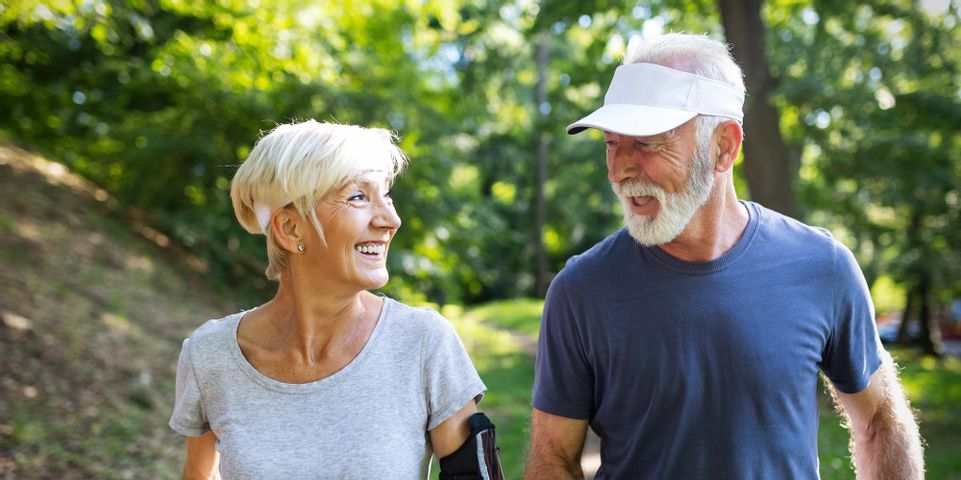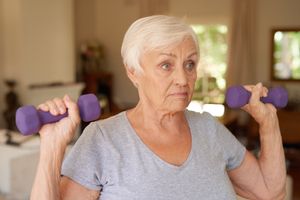
Osteoporosis is a condition that affects roughly 10 million Americans, many of them women. The disease gradually weakens bones, so that they’re more susceptible to fracture. Whether your doctor has given you this diagnosis, you carry any elevated risk due to low bone density, or someone you love has been affected, the primer will below will provide a more detailed look at the impact osteoporosis can have on the body.
How Your Bones Change
Throughout your life, your body continually breaks down and rebuilds your skeletal tissue. Generally speaking, during childhood and adolescence, your body reconstitutes bone more than it wears it down, until you reach a peak as an adult. However, after a certain age — typically around 30 — your body begins to resorb more bone tissue than it creates. Very gradually, this slight disparity results in decreased bone mass. Everyone experiences this as part of the aging process. However, in some people, particularly those with certain risk factors, the weakening can become severe.
What Osteoporosis Means
 Everyone has two types of bone: cortical bone, which forms the tough outer layer, and cancellous or spongy bone, which is less dense and constitutes the internal bone tissue. If you have osteoporosis, your cortical bone will be thinned. In addition, your spongy bone will lose density, with larger gaps forming between the struts that constitute its internal structure. Both factors mean that bones are generally more prone to breakage or collapse from even relatively light impact. Especially vulnerable areas include the femur near its connection with the hip, the vertebrae, and the wrist.
Everyone has two types of bone: cortical bone, which forms the tough outer layer, and cancellous or spongy bone, which is less dense and constitutes the internal bone tissue. If you have osteoporosis, your cortical bone will be thinned. In addition, your spongy bone will lose density, with larger gaps forming between the struts that constitute its internal structure. Both factors mean that bones are generally more prone to breakage or collapse from even relatively light impact. Especially vulnerable areas include the femur near its connection with the hip, the vertebrae, and the wrist.
What You Can Do
Although anyone can have osteoporosis, some people are more likely to have it than others due to genetic factors, your sex, and your race. Thankfully, there are lifestyle choices you can make that can protect your bones. Make sure you eat a diet rich in calcium, a nutrient that’s essential for bone health. Almonds, kale, broccoli, cabbage, and many dairy products are all excellent sources of this mineral. Weight-bearing physical activity can also help. Moderate your intake of alcohol, as excessive consumption has been linked to elevated risk.
In addition to the above steps, visit OsteoStrong® in O’Fallon, MO. Whether you have osteoporosis or simply want to limit your risk, they offer many solutions to address weakened bones, alleviate spine or hip pain, and promote strength. Using their sophisticated equipment, they’ll develop a plan to help you resolve or manage issues and improve your quality of life. Call (636) 238-8696 to schedule a free session. Visit their website to learn more about them. Connect on Facebook, and check out their video online.
About the Business
Have a question? Ask the experts!
Send your question

